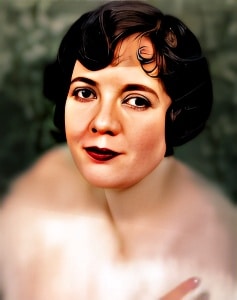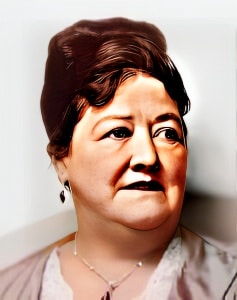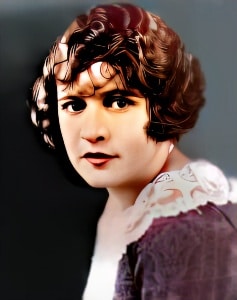 Lois Wilson, born on June 28, 1894, in Pittsburgh, Pennsylvania, was an acclaimed actress in the early years of American cinema.
Lois Wilson, born on June 28, 1894, in Pittsburgh, Pennsylvania, was an acclaimed actress in the early years of American cinema.
She made a significant impact on the silent film era, starring in numerous films and earning a reputation as a talented leading lady. Her career spanned the transition from silent films to talkies, and her versatility as an actress allowed her to excel in a wide range of roles.
Wilson’s journey into the world of entertainment began on the stage, where she honed her acting skills and developed a strong foundation in the performing arts. Her talent and beauty soon attracted the attention of film producers, and she made her silent film debut in 1915 in “The Warrens of Virginia.” This marked the beginning of a successful career in the burgeoning film industry.
One of the highlights of Lois Wilson’s career was her collaboration with acclaimed film director Frank Borzage. She appeared in several of his films, including “Humoresque” (1920), which was one of the earliest films to explore the world of classical music and musicians. Her performance in the film added depth and emotional resonance to the story, showcasing her ability to bring authenticity to her characters.
Wilson’s versatility as an actress allowed her to transition seamlessly between different genres. She portrayed characters in romantic dramas, comedies, and even action films. Her ability to convey a wide range of emotions endeared her to both audiences and filmmakers. This adaptability was a testament to her talent and contributed to her enduring popularity as a silent film star.
In “ The Covered Wagon” (1923), a pioneering Western epic that depicted the westward migration during the mid-19th century, Lois Wilson played a crucial role as a leading lady. The film’s success and impact on the Western genre further solidified her reputation in Hollywood. Her portrayal of a pioneer woman on a perilous journey added depth to the film’s characters and contributed to its cinematic legacy.
As the film industry transitioned from silent films to talkies, many actors faced challenges in adapting to the new medium. However, Lois Wilson successfully made the transition, and her talent continued to shine in sound films. She appeared in a variety of talkies, demonstrating her ability to excel in the evolving cinematic landscape.
One of her notable sound film appearances was in “The Show of Shows” (1929), a revue-style musical film that featured an ensemble cast of top stars. Wilson’s presence in this film highlighted her adaptability to different genres and her continued appeal to audiences.
Lois Wilson’s career extended well into the 1930s, with her final film role in “Mama Loves Papa” (1933). Although her prominence waned as new stars emerged, she had left an indelible mark on the silent film era and the early years of Hollywood.
Lois Wilson’s contribution to American cinema, both as a silent film star and as a successful transition into sound films, should not be underestimated. Her ability to convey emotion and authenticity in her roles, along with her versatility, made her a beloved figure in the early years of Hollywood. While her name may not be as widely recognized today, her legacy endures as a testament to the talent and artistry of silent film stars.
Loading live eBay listings...




